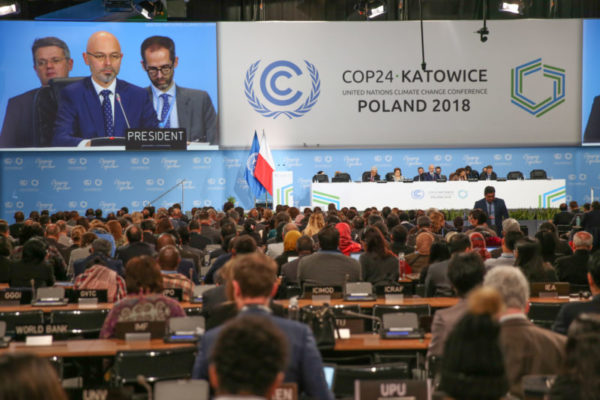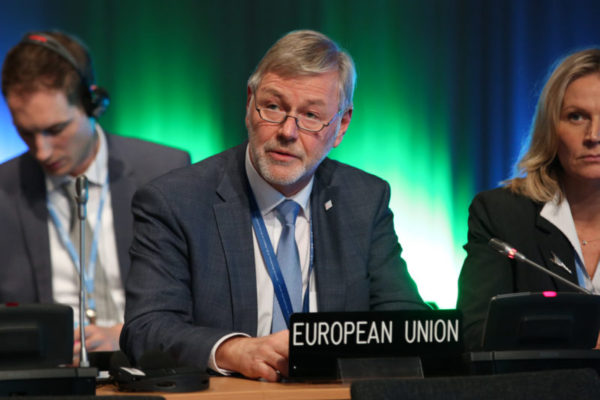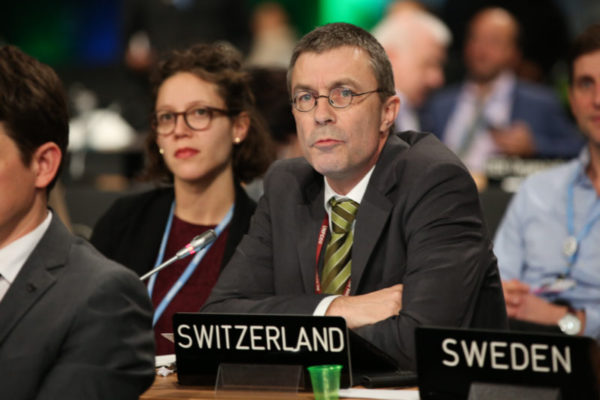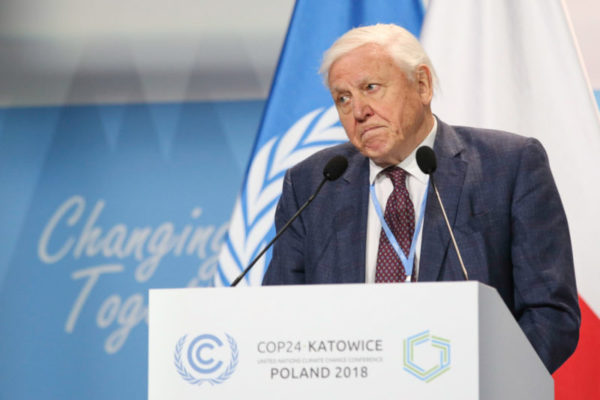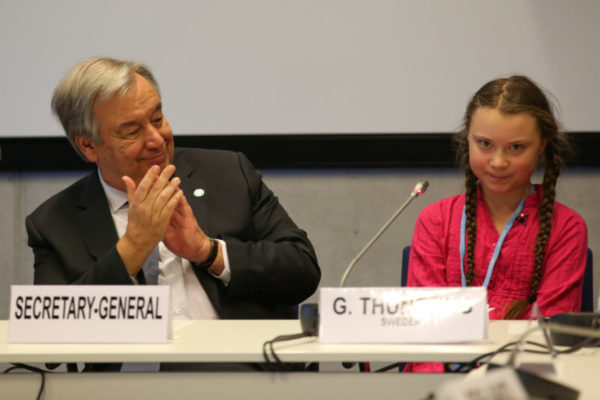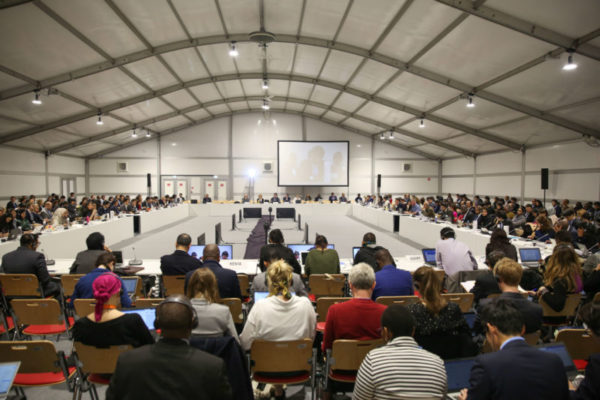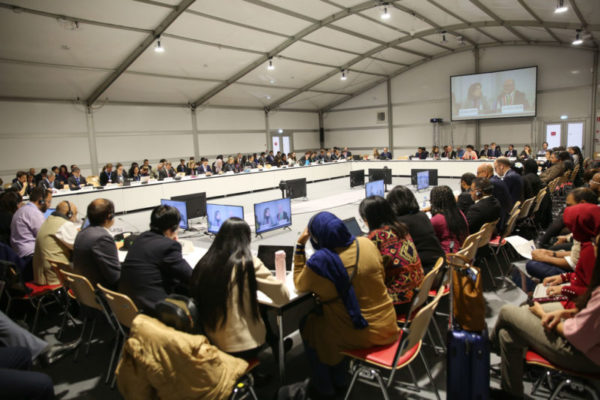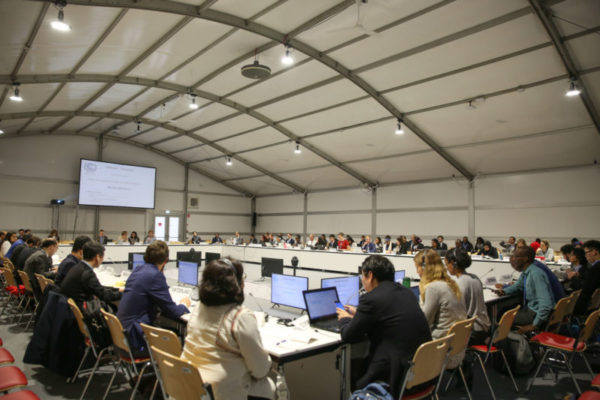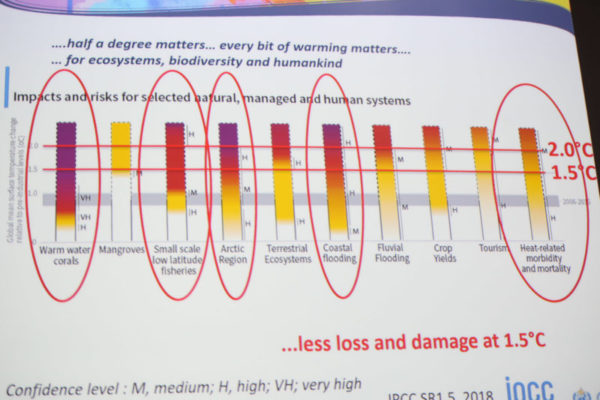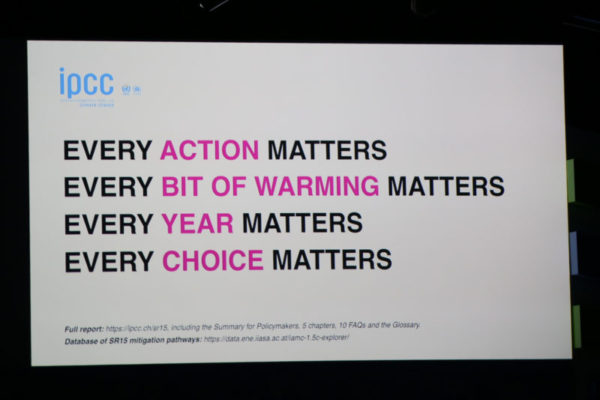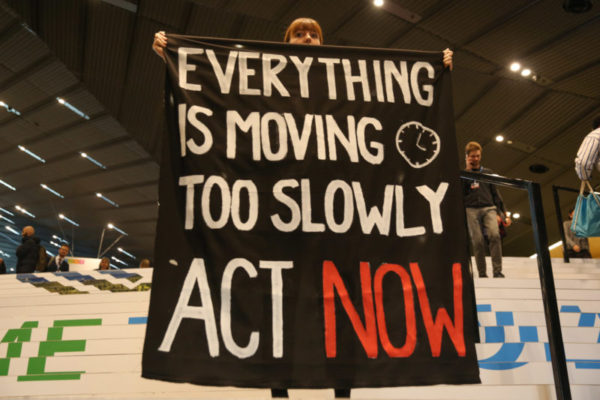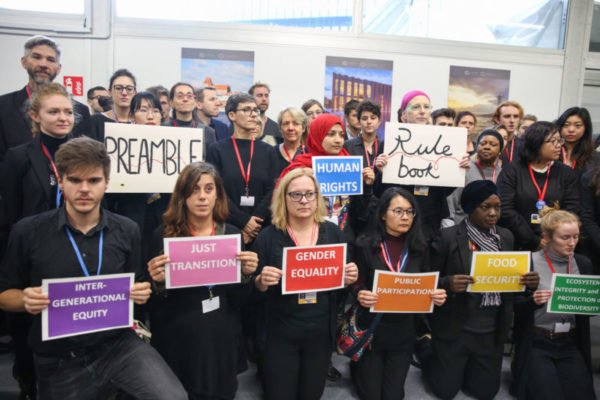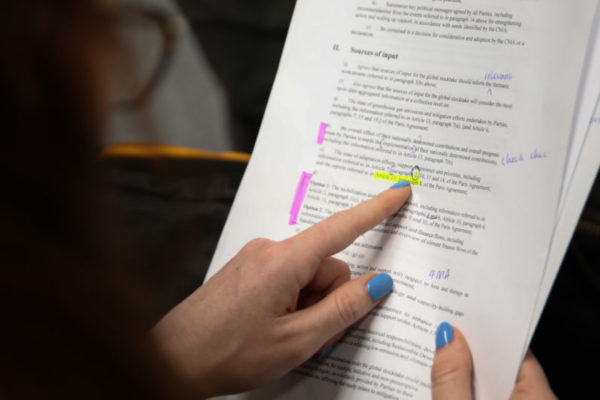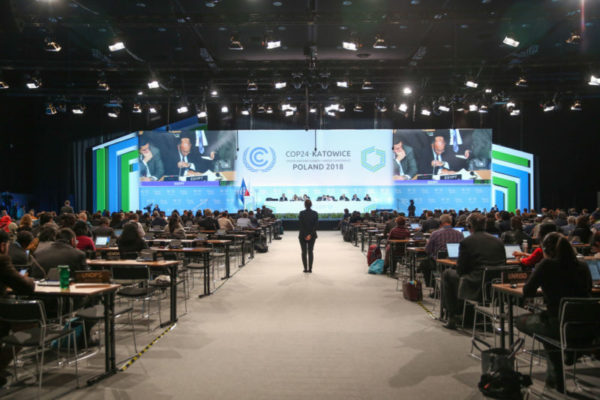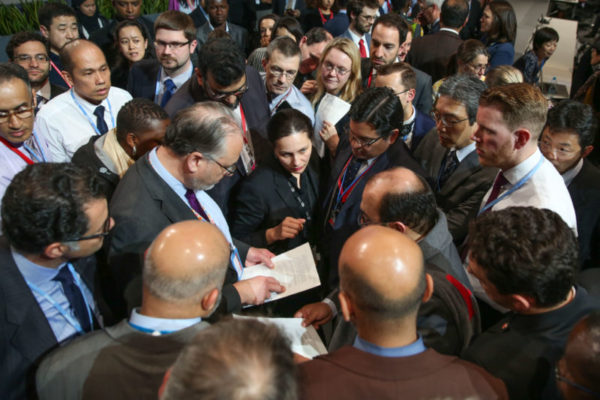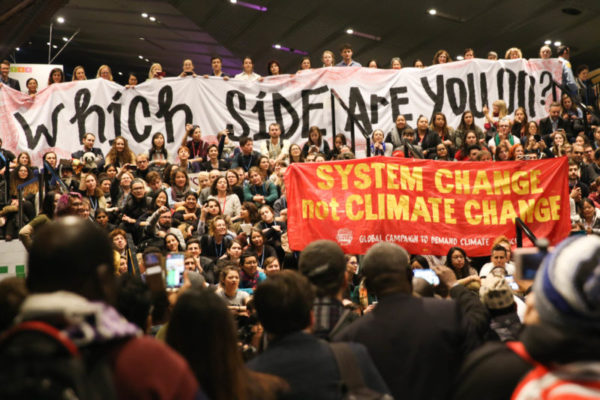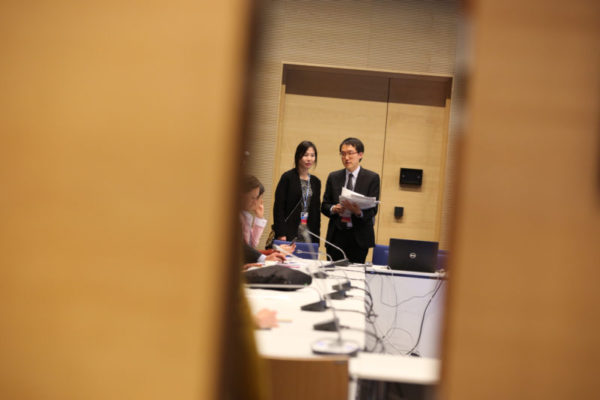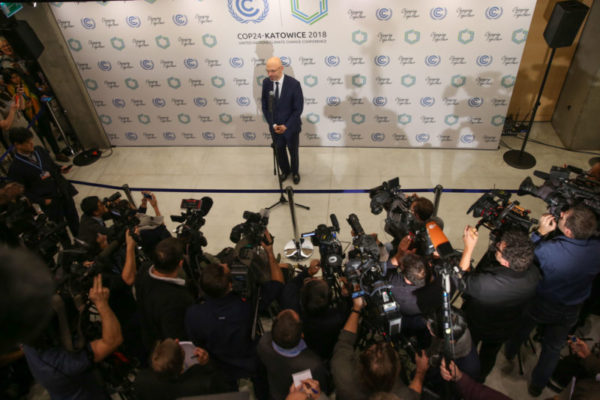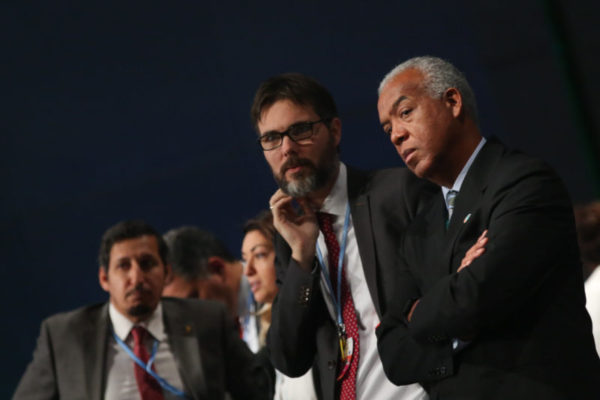The Katowice Climate Package
FEBRUARY 2019
In December 2018, more than 22,000 delegates gathered for the UN climate negotiations in Katowice, Poland. The negotiations were the most important since COP21 in Paris and had the main aim to produce and agree on a ‘rulebook’ that would determine how the Paris Agreement would be implemented.
Over the course of two weeks, tensions were high as the cold winter wind blew through the coal mining city. Plenary sessions, panel events, working groups and informal negotiations discussed the broad range of issues relating to the Paris Agreement, at the heart of which was the latest IPCC Special Report that states the world has only 12 years left to avoid a 1.5°C rise in global warming. Despite the urgency and the devastating projected impacts of global temperature rise, the US, Saudi Arabia, Russia and Kuwait objected to the conference ‘welcoming’ the report.
Negotiations ran more than 30 hours over time but eventually the Katowice Climate Package was reached. With implementation beginning in 2020, the agreement obliges countries to communicate what they are doing to reduce emissions and to meet their nationally determined contributions (NDCs), with clear specifications about what those NDCs should contain. It discusses how the enhanced transparency framework will be operationalised and the process for establishing new targets for climate finance. It also includes how to conduct the Global Stocktake, as well as how to assess progress on the development and transfer of technology.
While the Katowice Climate Package is far from perfect, it does mean that the Paris Agreement is still on track and delegates left Katowice feeling ‘cautiously uplifted’ but are looking towards the crucial year of 2020 when the Paris Agreement ‘will face its first true litmus test.’
This collection is part of my broader portfolio of work documenting COP24 as part of the International Institute for Sustainable Development (IISD) Reporting Services team, producing the Earth Negotiations Bulletin (ENB). For a more in-depth understanding of COP24, download the ENB Summary and Analysis (quoted above) and see our full coverage at http://enb.iisd.org/climate/cop24/enb/.


